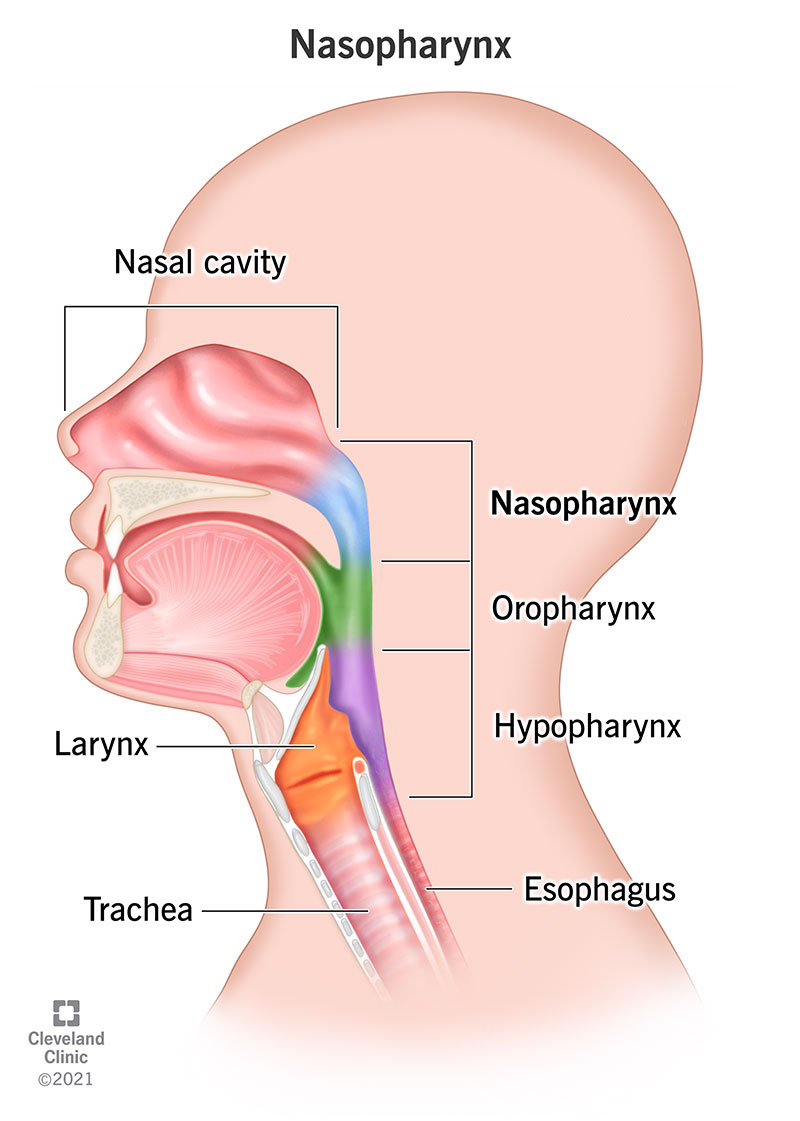Reference




Moonshot's Answer
A shorter nasopharynx might be advantageous for long-distance running in humans for several reasons, as suggested by the search results:
-
Respiratory Efficiency: A shorter nasopharynx can lead to more efficient respiratory control, which is crucial during long-distance running. Nasal breathing is often considered more advantageous than oral breathing due to its effect on respiratory control and the regulation of respiratory exchange ratio (RER) 2.
-
Heat Regulation: A shorter nasopharynx could potentially aid in heat dissipation. Since long-distance running generates a lot of metabolic heat, efficient cooling mechanisms are necessary. A shorter nasopharynx might contribute to better heat exchange, helping to regulate body temperature during prolonged physical activity 10.
-
Anatomical Adaptations: The endurance running hypothesis suggests that humans evolved anatomical and physiological adaptations for running long distances 3. A shorter nasopharynx could be part of these adaptations, contributing to the overall efficiency of the respiratory system during endurance activities.
-
Evolutionary Advantages: It is theorized that early humans used long-distance running to hunt animals, which would require efficient respiratory systems to sustain the chase over long periods 7. A shorter nasopharynx might have been a beneficial trait in this context.
In conclusion, a shorter nasopharynx could offer advantages in respiratory efficiency, heat regulation, and overall anatomical adaptations for long-distance running, which aligns with the evolutionary history of humans as endurance runners.